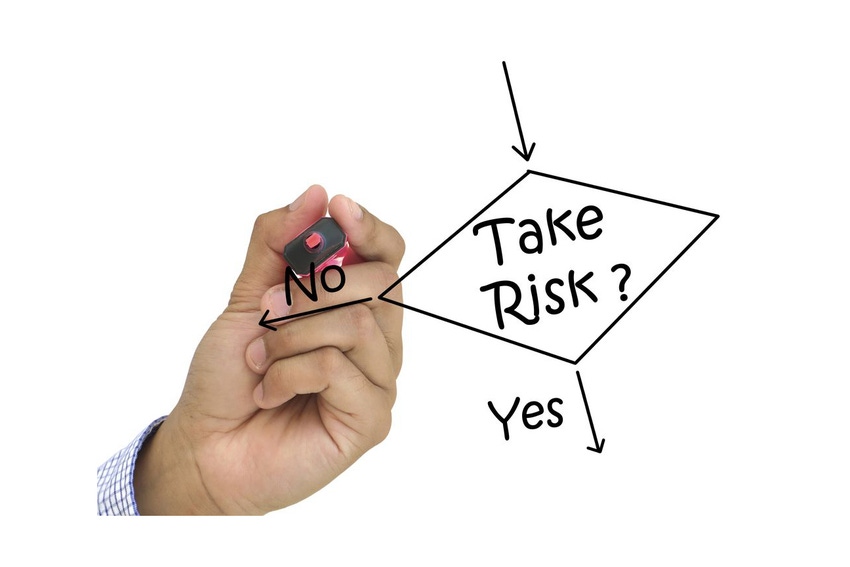3 examples of aligning food safety risk and packaging safety
September 17, 2014

The relationship of food safety risk level and sponsor program selection to packaging safety expectations is illustrated by 3 examples: A high-risk packaged food, tertiary packaging and an imported product.
Last month’s installment of this on-going series of columns described the value of establishing meaningful communication with your supply chain partner in order to understand targets, objectives, options and realistic alternatives.
Targeted food safety programs, when well thought out and situationally matched, are intended to manage risk and protect against hazards. It is important for both sponsor and partner to understand how and why the requirements, linked to the chosen scheme or program, are appropriately matched to the saleable product within its supply chain.
Example one: A high-risk packaged food
A manufacturer of a food product calculated to be high hygiene risk (wherein components, processes, intermediate or finished product pose one or more significant physical, chemical or biological risk to consumer safety if not handled and monitored with care and diligence) chooses a GFSI-approved food safety scheme, a benchmark for safety and control. For the sake of consistency, uniformity, and protection, the manufacturer (“sponsor”, in this case) requires all supply chain participants to be compliant with that specified program.
The converter or vendor that provides the food contact packaging for the finished product in the example is aware of and amenable to the scheme requirements, and directs the providers of raw and intermediate packaging materials to comply with that scheme in kind. One or more of the secondary materials suppliers are perplexed or displeased about the requirement to meet all steps within the targeted scheme, which, on face value, appear to be onerous and unnecessary. However, in context, it is reasonable for the packaging converter to pass those requirements on to material vendors in order to maintain consistency and honor the customer’s targeted program, which was matched with the sensitivity of the edible component.
If one looks at it from the standpoint of the sell unit manufacturer, how it is practical to monitor multiple food safety programs within a single product chain? Thus, in that case, one scheme must fit all.
Example two: Tertiary packaging
Another example that occurs frequently involves food safety expectations for tertiary packaging (corrugated cases or paperboard cartons which will not contact the food and thus, may not be directly controlled, based on use definition, by regulations contained in 21CFR). The packaging materials converter (paperboard or corrugated, for example) is perplexed by having to comply with a scheme that seems aimed at direct contact packaging materials. The converter may question his obligation based on the indirect nature of the non-food contact packaging material. Again, view the situation from the perspective of the end user, who wants to be as sure as possible that no unsuitable or deleterious substances enter the manufacturing supply chain. Surfaces of some paper-based packaging can be porous and/or permeable.
How is the end user to be assured that the paper packaging entering his/her facility is free from surface or absorbed contaminants?
If a sponsor has spent the time, resources and funds to control ingredient, process, and primary packaging safety, why risk the integrity or consistency of that effort by ignoring the suitability and safety of tertiary packaging and accessories used in the internal plant manufacturing process?
The answer lies in understanding risk analysis and mitigation throughout the entire process chain. Since all responsible entities involved in the food supply chain are concerned with consumer safety risks, it is reasonable to assert that they all benefit from consistent and mutual risk analysis, identification and management. No single member of that group can assert “this doesn’t apply to me” without possibly affecting the safety integrity of all.
Example three: An imported product
A final example involves materials sourced outside of North America. End users need to have a comfort level that imported goods, which may or may not have been subjected to the same safety processes and inspections as domestically-produced goods, are assessed and certified to be safe and suitable without question at the point of end use or storage in the United States.
Only after undergoing a comprehensive supply chain risk assessment can all partners understand the overall risk mitigation objective and, thus, begin to systematically and consistently control food suitability and safety.
Next month: Identifying and responding to risk types.
Gary Kestenbaum has 40 years’ experience in the food and packaging industries, six as a supplier with National Starch, 18 as a product developer with General/Kraft Foods and 15 as a packaging engineer and developer with Kraft. In his current position as Senior Food Packaging Safety Consultant with EHA Consulting Group, Kestenbaum provides guidance on packaging safety and suitability-related projects for raw material manufacturers, converters and associated supporting professionals. He can be reached at [email protected] or 410-484-9133. The website is www.ehagroup.com.
About the Author(s)
You May Also Like




